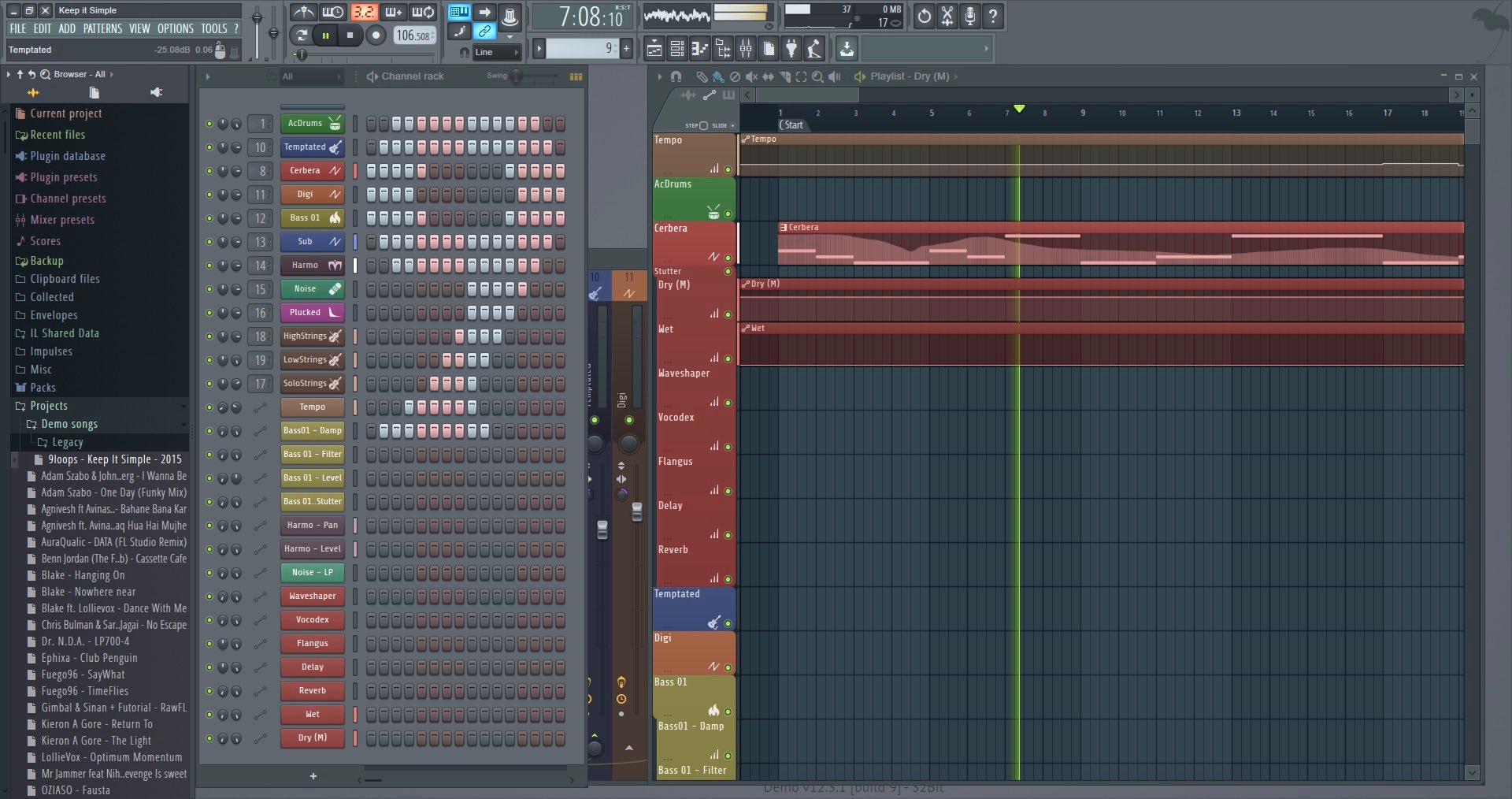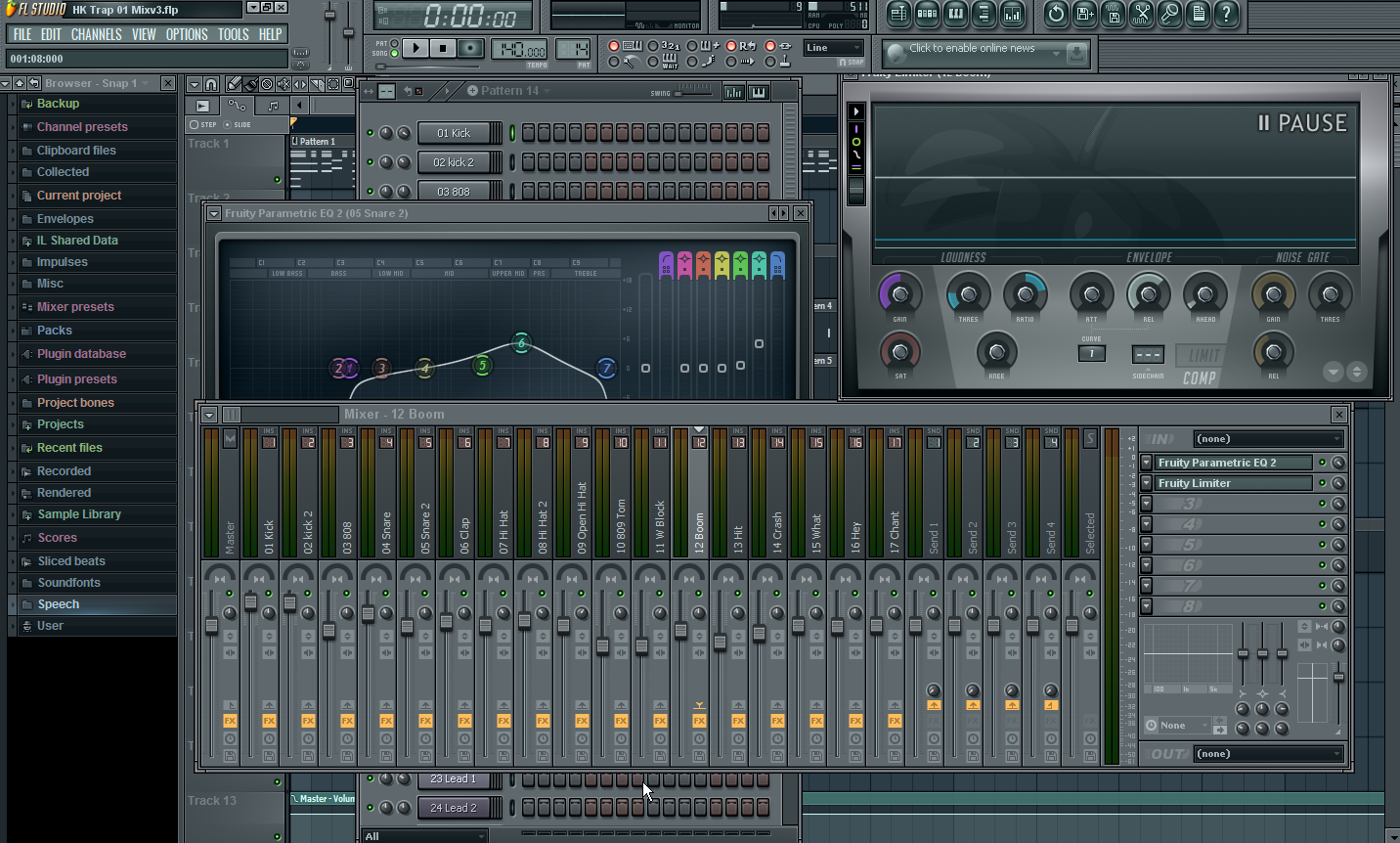

Sample rates set too high cause unnecessary strain on your CPU. FL Studio’s audio crackling is likely due to an incorrect Sample rate.
FL STUDIO 20 WINDOWS 11 GENERATOR
Including ‘Multithreaded generator processing, ‘multithreaded mixer processing,’ and smart ‘disable.’ Check off all the CPU boxes in this menu.

The general rule for appropriate buffer lengths for most users is 256 smp while tracking. Click on the Buffer length panel in your Audio Settings to open the Asio Panel and set your buffer length appropriately.Increasing the buffer length will introduce latency when recording audio but will reduce your CPU load considerably. Next, you must increase your buffer length to reduce the CPU load.Click this dropdown menu to ensure your device is set to ASIO4ALL or FL Studio Asio. Look for a dropdown menu labeled ‘Device’ to its left. A window should appear with your Audio Settings for FL Studio.Begin by selecting the options menu in FL Studio and then click on the Audio settings menu. Increasing the buffer length on your audio interface is a very simple process.Running outside programs – Using FL Studio alongside other programs like Zoom, OBS, Chrome, or other audio-intensive programs like Spotify or Traktor.This problem is more likely to occur if your plugins aren’t optimized in FL Studio and also if you use several plugins simultaneously. Third-Party Plugins – Using third-party plugins in FL Studio can often cause an overload in the CPU, leading to crackling in audio.Turning down the pulse per quarter in your Project settings can reduce the load on your CPU and possibly fix your audio crackling. Incorrect Timebase (PPQ) – The timebase resolves your audio playback within a particular project.Sample rates can be changed in the audio settings in FL Studio. Sample Rate Too High – This can also lead to audio crackling if your audio interface is set to an incorrect sample rate.


This issue can be solved by changing the buffer length in your audio settings in FL Studio.


 0 kommentar(er)
0 kommentar(er)
